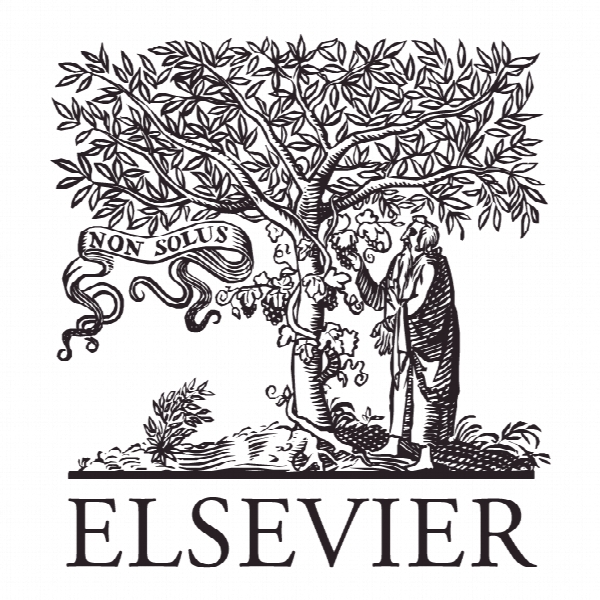واسطه های فرهنگی و مدار فرهنگ: پروژه سفیران دیجیتال در ژوهانسبورگ، آفریقای جنوبی Cultural intermediaries and the circuit of culture: The Digital Ambassadors project in Johannesburg, South Africa
- نوع فایل : کتاب
- زبان : انگلیسی
- ناشر : Elsevier
- چاپ و سال / کشور: 2017
توضیحات
رشته های مرتبط مهندسی فناوری اطلاعات و ارتباطات ICT، مدیریت
گرایش های مرتبط مدیریت فناوری اطلاعات
مجله بررسی روابط عمومی – Public Relations Review
دانشگاه جوهانسبورگ، افریقای جنوبی
نشریه نشریه الزویر
گرایش های مرتبط مدیریت فناوری اطلاعات
مجله بررسی روابط عمومی – Public Relations Review
دانشگاه جوهانسبورگ، افریقای جنوبی
نشریه نشریه الزویر
Description
1. Introduction Currently, research into public relations as a practice aimed at social change and the transformation of communities within developing countries, such as South Africa, is lacking (Macnamara, 2015). Public relations has too often been defined with solely an organisational focus in mind. Moving away from such a narrow definition allows for a paradigmatic shift to occur, one that includes consideration of the cultural economy and the theoretical development of public relations as practised rather than as a prescriptive set of rules that dictate how PR should be practised (Curtin & Gaither, 2005). PR, as a social practice, provides opportunities for bottom-up support, co-creation of knowledge, addressing citizen concerns and the design of projects that empower citizens and enhance collaboration (Hodges & McGrath, 2011; p. 90). Public relations practitioners are seen as ‘influencers’ who actively produce meaning (Edwards, 2013) within a specific context at a particular time (Holtzhausen, 2000). This cultural intermediary role has been explored by various critical, postmodern and culturecentred public relations scholars. The efforts of cultural intermediaries can influence identity and meaning in the production, distribution and consumption of communication (Macnamara & Crawford, 2013). Public relations practitioners are seen as cultural intermediaries as they are responsible for arranging engagements between various cultures and groups whilst being actively involved in creating a third, or different, cultural identity (Benecke & Oksiutycz, 2015). PRPs are seen as “cultural agents operating mainly on the production and consumption levels in order to create meaning through the shaping and transfer of information” (Berger, 1999 in Curtin & Gaither, 2005; p.107) with the meaning manifesting around artefacts, attitudes and behaviours (Edwards, 2013; p. 441). The role of PRPs as cultural intermediaries within a cultural economy is essential, but the influence they wield is not restricted to PRPs only. Due to collaborative practices in developmental contexts, PRPs are often assisted and complimented by other active participants. The culture-centred approach to PR aligns itself with other critical theories in that it recognises and represents ‘the subaltern voice as a legitimate producer of knowledge’ (Dutta, Ban & Pal, 2012, p. 3). Subaltern voices and marginalised groups include those on the fringes of economic wellbeing such as unemployed youths. The roles of PRPs and other individuals in social change activities are not always clearly delineated due to the coconstructive and collaborative nature of communication (Daymon & Holloway, 2002; Gregory, 2014). The efforts of PRPs cannot be artificially applied to events (seen as ‘fixing’) but should form an integral part of every aspect of communication, including the histories, personal interpretations and new meanings developed through interactions (Macnamara & Crawford, 2013). The culture-centred approach recognises conflict but, instead of the negative view of conflict adopted within the boundary spanning theory of PR, conflict and difference are seen as inherent to the circuit of culture (Curtin & Gaither, 2005; p.108) and are regarded as conditions to be recognised and used to inform future practice (Macnamara, 2015). Holtzhausen (2000) supports this view in stating that new meanings are created within conflict and dissent(cited in Curtin & Gaither, 2005; p.108). A wide range of contexts, each with its unique characteristics and culturally-diverse participants, has introduced the need for a culture-centred understanding of and approach to transformation within a young democracy such as South Africa, addressing the question posed by Cheney and Christensen (2001) as to what a non-Western, non-managerial and non-functional from of public relations will look like. The specific research question investigated in this study was: what meanings are ascribed by young cultural intermediaries to the Digital Ambassadors project described below. The notion of the circuit of culture (Curtin & Gaither, 2005) offers a pragmatic approach to investigate this research question as it defines public relations as “a signifying practice that produces meaning within a cultural economy, privileging identity, difference and power because of the central role these constructs play in discursive practices” (p.110). The circuit of culture approach further positions PR as a culturally-relative practice that takes into account the richness and experience of practices outside the Western, corporate-centred normative approach to PR (Curtin & Gaither, 2005; p.106; Macnamara, 2015).


